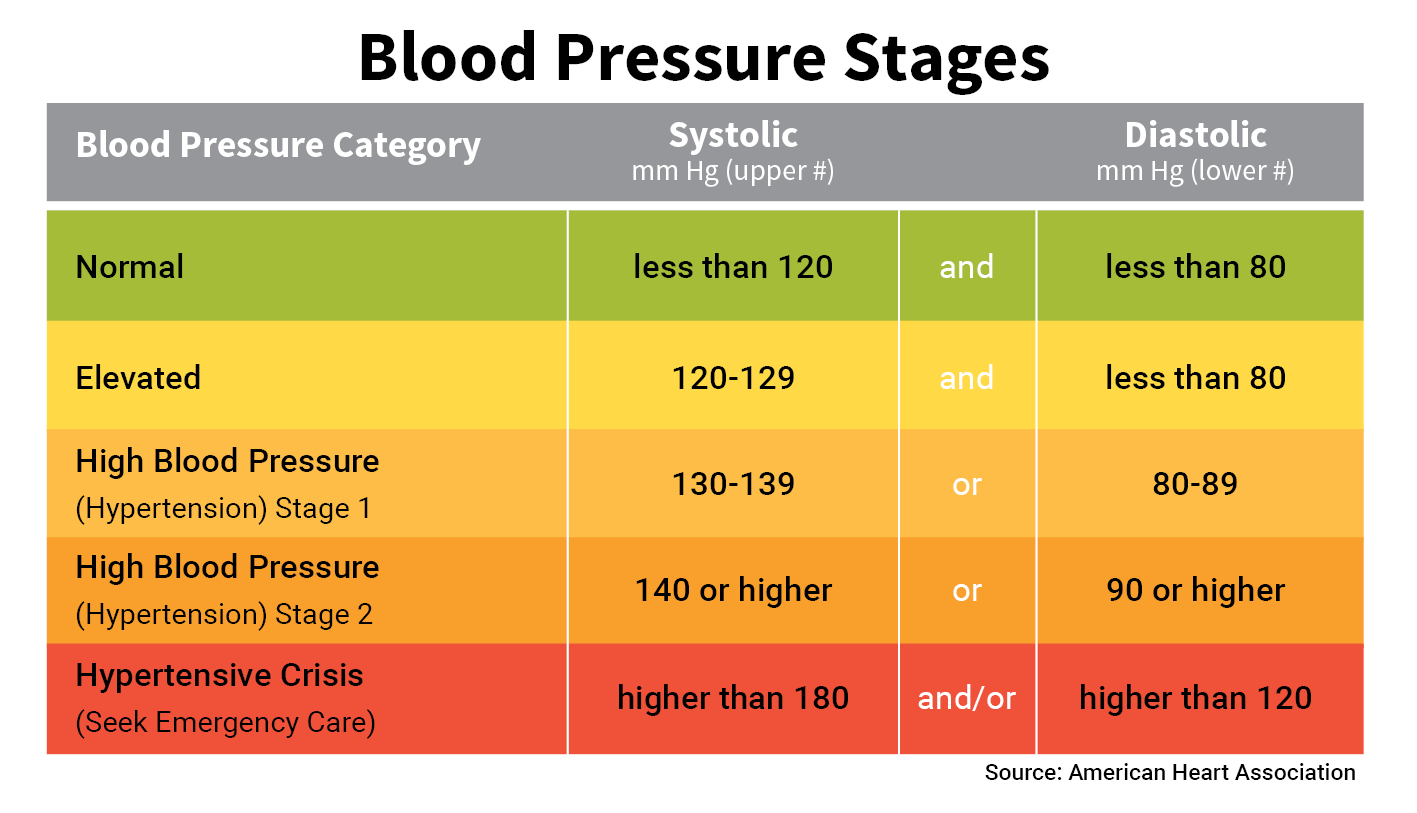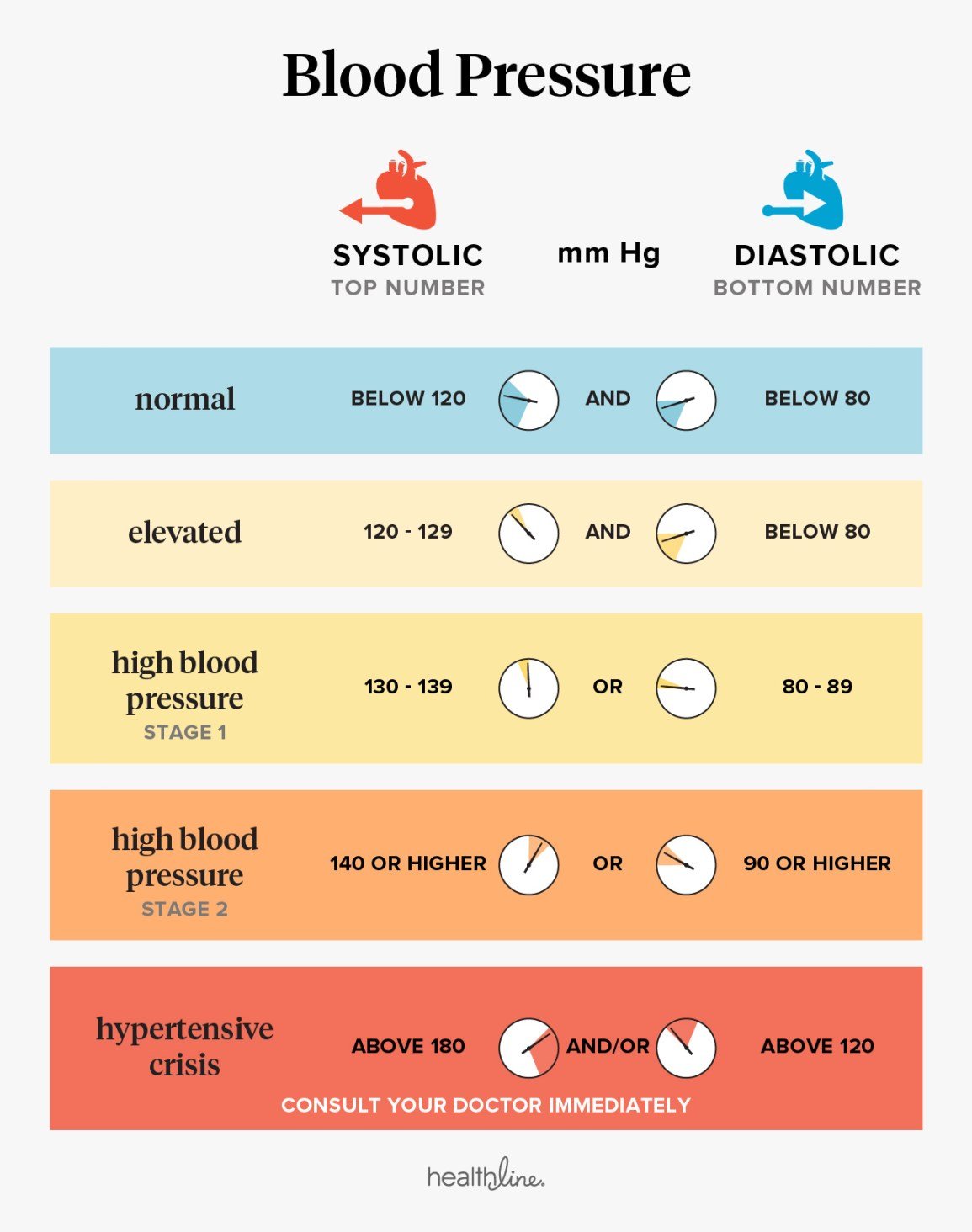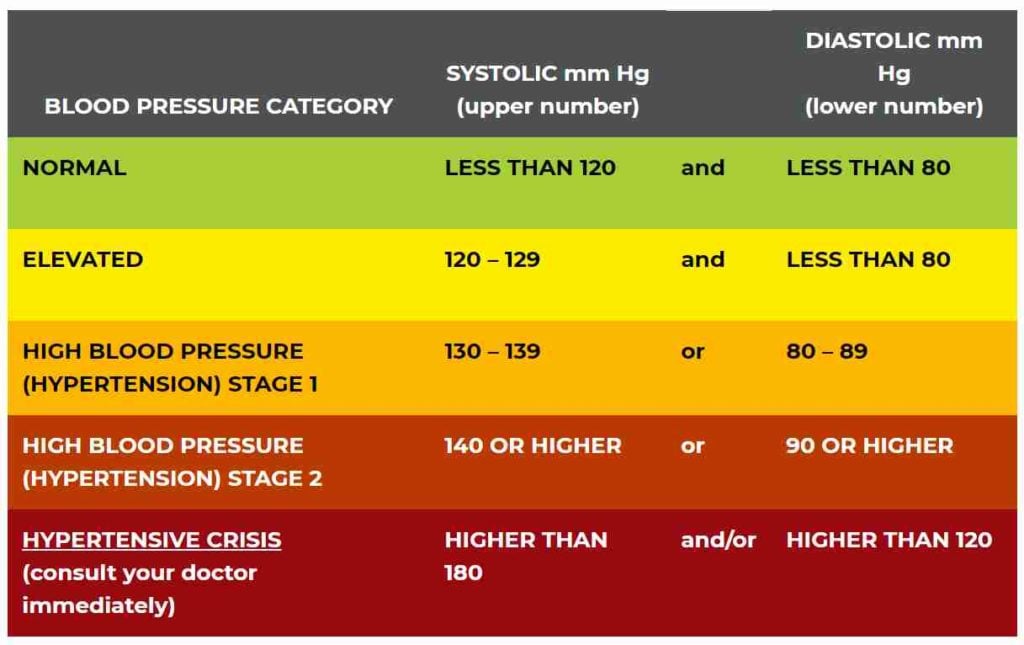The Discovery Of Blood Pressure
Although in his seminal work Exercitatio Anatomica de Motu Cordis et Sanguinis in Animalibus published in 1628 William Harvey had assumed a driving force for the circulation, it took > 100 years until blood pressure was truly measured. In 1733, Steven Hales inserted, with the help of his assistant, in an awake horse a glass cannula into the carotid artery and for the first time determined the level of blood pressure in a living organism, and demonstrated its changes during the cardiac cycle.
Unfortunately, his seminal experiment had very little influence on medical practice of the physicians of his time as his approach was difficult if not impossible to use in humans. Furthermore, any understanding of the importance of high blood pressure for the development of cardiovascular disease was lacking. This changed in 1896 when an innovative Italian physician, Scipione Riva-Rocci , developed an apparatus that with some modification is still in use today, i.e. the sphygmomanometer. At first, Riva-Rocci could only assess systolic blood pressure with his finger on the radial pulse however, soon thereafter a Russian military physician, Nikolai Sergejewitsch Korotkow , described the vascular bruits that have been named after their discoverer. Thus, blood pressure slowly entered clinical practice at the beginning of the last century.
What Does A Blood Pressure Reading Look Like
When you have your , you will be given two numbers, a top number and a bottom number.
- Systolic blood pressure. This is the first, or top, number. This is the highest level your blood pressure reaches when your heart beats, forcing blood around your body.
- Diastolic blood pressure. The second number, or bottom number, is the lowest level your blood pressure reaches as your heart relaxes between beats.
Blood pressure is measured in millimetres of mercury . If the first number is 120 and the second number is 80, this would be written as 120/80mmHg, and youd call it 120 over 80.
This video explains more about systolic and diastolic blood pressure.
What Does Blood Pressure Tell You
Blood pressure measures the force of your blood pushing against the walls of your arteries, or blood vessels. Your heart pumps blood into your arteries. And the arteries carry that blood to the rest of your body.
The top number of your blood pressure reading tells you the force of the blood against artery walls when your heart beats. It is called systolic pressure. The bottom number tells you what your blood pressure is when your heart is at rest between heartbeats. It is called diastolic pressure.
You May Like: Blood Pressure Side Effects
Average Blood Pressure By Age
As you get older, your blood vessels tend to become stiffer and plaque can build up in them, which can raise your blood pressure. If your blood pressure becomes too high, you’re at a greater risk for heart disease, strokes, and more.
In 2015, the average blood pressure worldwide was 127/79 mm Hg in men, and 122/77 mm Hg in women, according to a study analysis published in Lancet.
When researchers for the National Center for Health Statistics looked at average blood pressure in U.S. adults between 2001 and 2008, the average reading was 122/71 mm Hg. The breakout was 124/72 mm Hg for men, and 121/70 mm Hg in women. It rose by age and was significantly higher in Black people.
The researchers found the following breakdown by age, sex, and race or ethnicity:
| Blood Pressure by Age |
|---|
As the population ages and life expectancy increases, high blood pressure is becoming more common.
What Are The Different Blood Pressure Categories

Blood pressure can be categorized into five different types, namely:
Normal: Blood pressure below 120/80 mm Hg is considered to be normal.
Elevated: When blood pressure readings consistently range from 120 to 129 systolic and less than 80 mm Hg diastolic, it is known as elevated blood pressure. People with elevated blood pressure are at risk of high blood pressure unless steps are taken to control it.
Hypertension stage I: In this condition, blood pressure readings consistently range from 130 to 139 systolic or 80 to 89 mm Hg diastolic. Doctors may prescribe blood pressure medications and some lifestyle changes to reduce the risk of heart diseases and stroke.
Hypertension stage II: In this condition, blood pressure readings consistently range from 140/90 mm Hg or higher. The doctors may prescribe a combination of both medications and lifestyle changes.
Hypertensive crisis: This is the most critical condition and requires emergency medical attention. In this condition, the blood pressure suddenly exceeds 180/120 mm Hg. Contact the physician immediately if the following symptoms are experienced:
- Difficulty speaking
Don’t Miss: Can I Take Claritin With High Blood Pressure
What Is Normal Blood Pressure By Age
Blood pressure ranges for adults are:
- High: Systolic of 130 or above and/or diastolic of 80 or above
- High Blood Pressure Stage 1: Systolic of 130-139 or diastolic of 80-89
- High Blood Pressure Stage 2: Systolic of 140 or higher or diastolic 90 or higher
The normal Blood Pressure Ranges for Adults Chart
| Blood Pressure Category |
| Higher than 120 |
The normal blood pressure for adolescents 13 years or older is less than 120/80 mmHg.
In younger children, the normal range for blood pressure is determined by the child’s sex, age, and height. The normal range is expressed as a percentile, similar to charts used to track children’s growth.
Blood pressure is separated into three categories based upon the child’s blood pressure percentile:
The normal blood pressure range for Children Chart
| Blood Pressure Category |
|---|
Understanding The Acc/aha Definition
It’s important to mention that the definition of high blood pressure according to the ACC/AHA defers slightly from other professional societies, such as the European Society of Cardiology and the European Society of Hypertension .
The ESC/ESH defines high blood pressure as a systolic blood pressure that is 140 mmHg or higher or a diastolic blood pressure that is greater than 90 mmHg.
The differences in definition are based on results from large studies that examined the link between blood pressure and the occurrence of heart attacks and strokes.
Also Check: Claritin Side Effects Blood Pressure
High Blood Pressure Categories
You can divide high blood pressure into five categories, according to guidelines from the American College of Cardiology:
- Normal: Normal blood pressure in adults is any blood pressure below 120/80.
- Elevated: In adults, elevated blood pressure is a systolic reading of 120-129 and a diastolic reading below 80.
- Hypertension stage I: This stage includes blood pressures ranges of 130-139 or 80-89 .
- Hypertension stage II: This stage includes blood pressures ranges above 140 or above 90 .
- Hypertensive crisis: Severely elevated blood pressure is defined as greater than 180 and/or 120 and associated with new or worsening organ damage.
What If Lifestyle Changes Dont Help Lower My Blood Pressure
If diet, exercise and other lifestyle changes dont work to lower your blood pressure, your healthcare provider will prescribe medications to help lower your blood pressure. Your provider will take into account other conditions you may have, such as heart or kidney disease and other drugs youre taking when prescribing medications to treat your high blood pressure. Be sure to follow your providers dosing directions exactly.
Don’t Miss: Does Spicy Food Cause High Blood Pressure
What Should We Believe Now
No wonder that many are confused at a higher level: what should we use in our daily practice? When we strive for truly normal blood pressure, we might look back at the days when humans still lived in their natural environment as hunters and gatherers. Of note, there are tribes still living today as our ancestors did thousands of years ago. For instance, blood pressure of Tsimane Indios who live in the Bolivian Amazon forest averages 116/73 mmHg throughout life. Interestingly, they also have rather low average cholesterol values of 2.4 mmol/L, much lower than Westeners of todays world. Furthermore, they exhibit much less coronary calcification than age- and gender-matched US citizens. Obviously, they move a lot and hunt all day long in order to feed themselves and their family, and they eat fish, meat, and fruits however, the downside of their style of living is an elevated C-reactive protein and eosinophils in their blood due to chronic parasitic infections.
Blood pressure across different age strata in Kuna Indians .
Drink Alcohol In Moderation
Drinking excessive amounts of alcohol will increase your blood pressure and raise the cholesterol levels in your blood.
Sticking to the recommended amounts of alcohol consumption is the best way to reduce your risk of developing high blood pressure.
The recommended daily limits of alcohol consumption are:
- 3 to 4 units of alcohol for men
- 2 to 3 units of alcohol for women.
A unit of alcohol is equal to about half a pint of normal-strength lager, a small glass of wine or a pub measure or spirits.
Dont Miss: Is High Blood Pressure Heart Disease
Recommended Reading: Reduce Blood Pressure Medication
Heart Attack And Heart Disease
High blood pressure can damage your arteries by making them less elastic, which decreases the flow of blood and oxygen to your heart and leads to heart disease. In addition, decreased blood flow to the heart can cause:
- Chest pain, also called angina.
- Heart attack, which happens when the blood supply to your heart is blocked and heart muscle begins to die without enough oxygen. The longer the blood flow is blocked, the greater the damage to the heart.
- Heart failure, a condition that means your heart cant pump enough blood and oxygen to your other organs.
What Questions Should I Ask My Provider

- Are there supplements or non-prescription medicines that I shouldnt take?
- Can I keep taking these medicines if I get pregnant?
- What kinds of exercise should I do?
A note from Cleveland Clinic
If you dont treat high blood pressure, it can put you at risk for developing serious illnesses later in life such as heart attack, kidney failure and stroke. But if you follow your providers instructions, you can control your blood pressure. Be sure to take any medicines your provider ordered as instructed. Keep taking them even if your blood pressure numbers begin to fall into the normal range. Living a healthy lifestyle by eating healthy foods, watching your weight and getting regular exercise is also a great way to help control your blood pressure.
Last reviewed by a Cleveland Clinic medical professional on 09/21/2021.
References
You May Like: Calibrate Blood Pressure Monitor Omron
What Is Normal Blood Pressure According To Age
Blood pressure is the pressure of the blood within the arteries. It is produced primarily by the contraction of the heart muscle. Its measurement is recorded by two numbers. The first is measured after the heart contracts and is highest. The second is measured before the heart contracts and the lowest. A blood pressure cuff is used to measure the pressure. Elevation of blood pressure is called “hypertension“.
The chart shows normal blood pressure according to age both male and female. Diastolic blood pressure and Systolic Blood Pressure are included in the chart.
Normal Blood Pressure By Age
| Age |
What Is The Respiration Rate
The respiration rate is the number of breaths a person takes per minute. The rate is usually measured when a person is at rest and simply involves counting the number of breaths for one minute by counting how many times the chest rises. Respiration rates may increase with fever, illness, and other medical conditions. When checking respiration, it is important to also note whether a person has any difficulty breathing.
Normal respiration rates for an adult person at rest range from 12 to 16 breaths per minute.
Don’t Miss: Can High Blood Pressure Cause Nerve Damage
What Are The Blood Pressure Guideline Changes
In 2018, the American Heart Association and ten other health organizations updated the blood pressure guidelines. The changes included the following :
- Lowered the blood pressure numbers for diagnosing hypertension to 130/80 mm Hg. The previous guidelines set a threshold of 140/90 mm Hg for people under age 65 and 150/80 mm Hg for people ages 65 and older.
- Eliminated the prehypertension category which was defined as systolic of 120 to 139 mm Hg or diastolic of 80 to 89 mm Hg. Under the new guidelines, this category is split into either elevated blood pressure or Stage 1 hypertension which is 130 to 139 or 80 to 89 diastolic.
- High blood pressure is now classified as Stage 2 hypertension of 140/90 mm Hg. And a hypertensive crisis is anything over 180/120 mmHg.
Why Does My Pulse Pressure Change When I Take My Blood Pressure A Few Minutes Apart
Pulse pressure variation is normal and expected. When you breathe, your heart reflexively reacts by increasing how much blood it pumps. These variations in pulse pressure usually are very small, about five to 10 mmHg. If you do take your blood pressure more than once, add each pulse pressure amount together and divide by two to find the average*.
Lets say you have two pulse pressures, taken five minutes apart, with the first being 42 and the second being 38. Youd calculate your pulse pressure using the following steps:
*Note: If you do this, tell your doctor how many times you took your pressure to calculate this average and how long you waited between each measurement.
Read Also: How To Calibrate Omron Blood Pressure Machine
How A Heart Attack Affects Blood Pressure
Blood pressure is the force of blood pushing against the inside walls of your arteries as it circulates throughout the body. Just as heart rate changes are unpredictable during a heart attack, so too are blood pressure changes.
Because blood flow in the heart is blocked and a portion of heart tissue is denied oxygen-rich blood, your heart may not be able to pump as strongly as it normally does, thus lowering your blood pressure.
A heart attack may also trigger a response from your parasympathetic nervous system, causing your heart and the rest of your body to relax and not fight while your heart struggles to keep blood circulating. This can also cause a dip in blood pressure.
On the other hand, the pain and stress from the heart attack can raise the blood pressure during a heart attack.
Blood pressure-lowering medications, such as diuretics or angiotensin converting enzyme inhibitors, can keep your blood pressure low during a heart attack, too.
Risk factors for a heart attack include modifiable factors, such as your weight, as well as those beyond your control, such as your age. Some of the most common conditions that raise your risk for a heart attack include:
- advancing age
Read Also: How Do You Say Heart Attack In Spanish
Keeping Your Blood Pressure Optimal
A number of lifestyle habits are very powerful to keep your blood pressure healthy and optimal. If you currently have normal blood pressure, paying attention to these habits will likely keep your blood pressure healthy and normal for many years to come.27
If your blood pressure is trending higher or if you are already being treated for hypertension, adopting or focusing on these lifestyle habits may stop the rise or bring it back into normal range, either preventing the need for medication or enabling the removal of medications.
- Keep a healthy weight or lose weight adopting a low-carb diet can be a great way to lose weight and help keep blood pressure normal.28
- Reduce or eliminate added sugars, especially in processed foods and sugar-sweetened beverages. Some experts now think sugar, especially fructose, may be more influential to blood pressure than salt.29
- Exercise regularly.
You can read more in our guide on how to normalize your blood pressure naturally.
Also Check: Can You Have Heart Problems With Normal Blood Pressure
Variations In Blood Pressure
Your blood pressure changes to meet your bodys needs. If a reading is high, your doctor may measure your blood pressure again on several separate occasions to confirm the level.
Your doctor may also recommend that you measure your blood pressure at home or have a 24-hour recording with a monitoring device.
What Is The Best Treatment For High Blood Pressure

Depending on your high blood pressure, lifestyle changes and/or medications may be helpful in maintaining a healthy and normal blood pressure. Some common lifestyle recommendations include:
You May Like: Vinegar And Blood Pressure
What Do Blood Pressure Numbers Mean
Blood pressure is measured using two numbers:
The first number, called systolic blood pressure, measures the pressure in your arteries when your heart beats.
The second number, called diastolic blood pressure, measures the pressure in your arteries when your heart rests between beats.
If the measurement reads 120 systolic and 80 diastolic, you would say, 120 over 80, or write, 120/80 mmHg.
What Is The Normal Blood Pressure Range
As mentioned earlier, blood pressure increases with age, beginning from infancy to older adulthood. Since most healthy babies and children are typically not at risk for blood pressure problems, most doctors do not check their blood pressure routinely. But, the normal BP range for all adults, regardless of their age, is considered to be lesser than 120/80.
Read Also: To Lower Blood Pressure